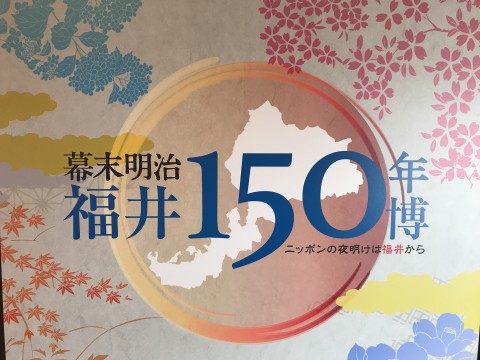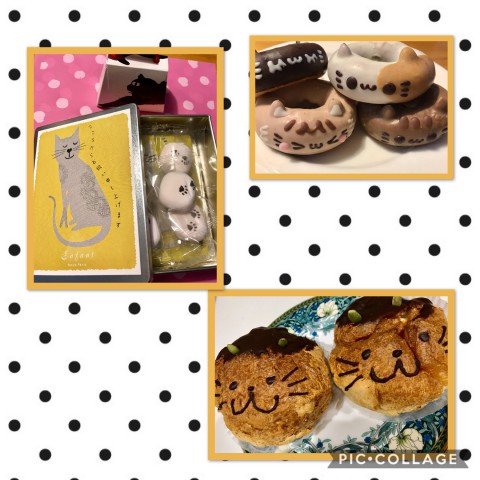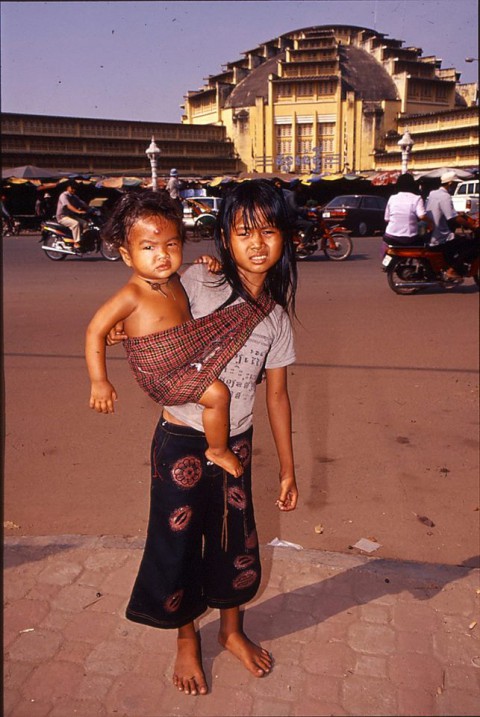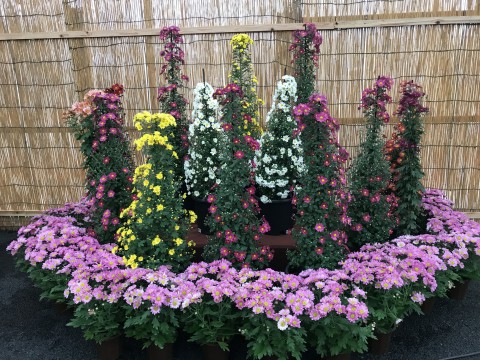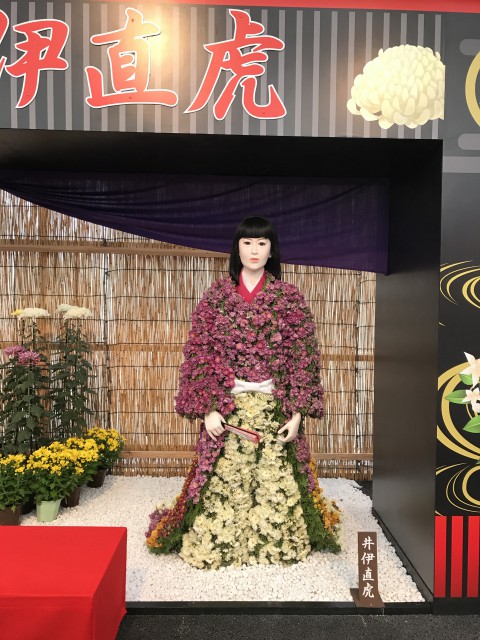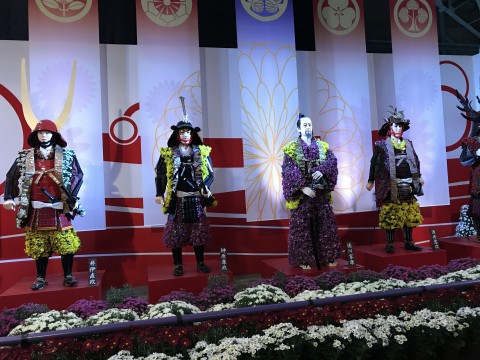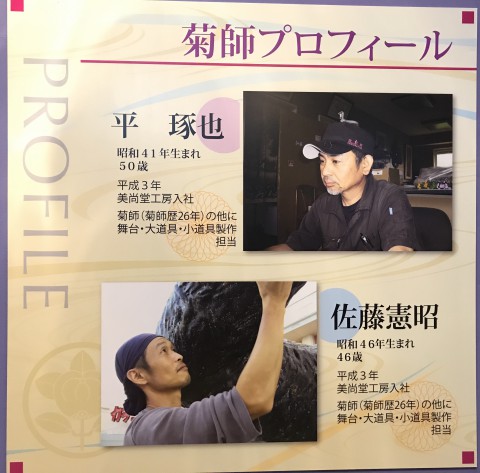Watching the ritual "Onomai-dance" of Uwase-jinja Shrine and Mimi-jinja Shrine
2018.04.10
On April 8th (2018), I watched the "Onomai-dance" (Dance of the King) held at Uwase-jinja Shrine in Wakasa Town, Fukui Prefecture.
"Onomai-dance" (Dance of the King) is the traditional ritual dance which is performed at the 16 shrines in Wakasa region, and most of the shrines hold that in April or May.
It is the same as the Onomai-dance I saw at Mimi-jinja Shrine in Mihama Town two years ago,
that a male dancer wearing a red costume, a red mask with high nose and a bird-shaped hat repeats a simple choreography constantly in accordance with flutes and drums.
However, there are some differences such as dancer's gestures, costumes and bird-shaped hats.
If I watch the dances of other shrines there may be a lot of differences, but I am interested in that the same events have been inherited for hundreds of years throughout Wakasa region, regardless of the difference in details.
T.S
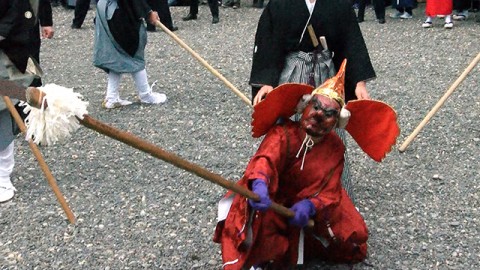
Onomai-dance at Uwase-jinja Shrine

Onomai-dance at Mimi-jinja Shrine
The striking movement of protruding a pike forward from a low posture is the same but the other behaviors are different.
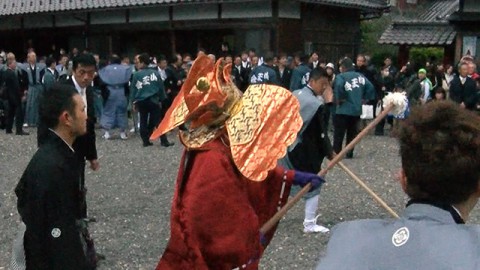
Bird-shaped hat at Uwase-jinja Shrine
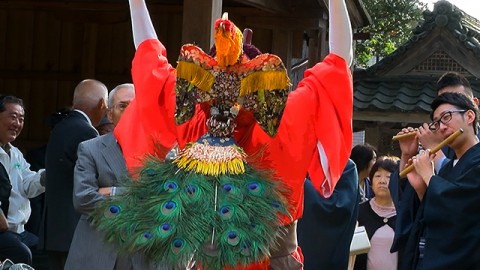
Bird-shaped hat at Mimi-jinja Shrine
The bird shape of the hat of Uwase-jinja Shrine is stylized, and in contrast, that of Mimi-jinja Shrine is concrete and ornate.



